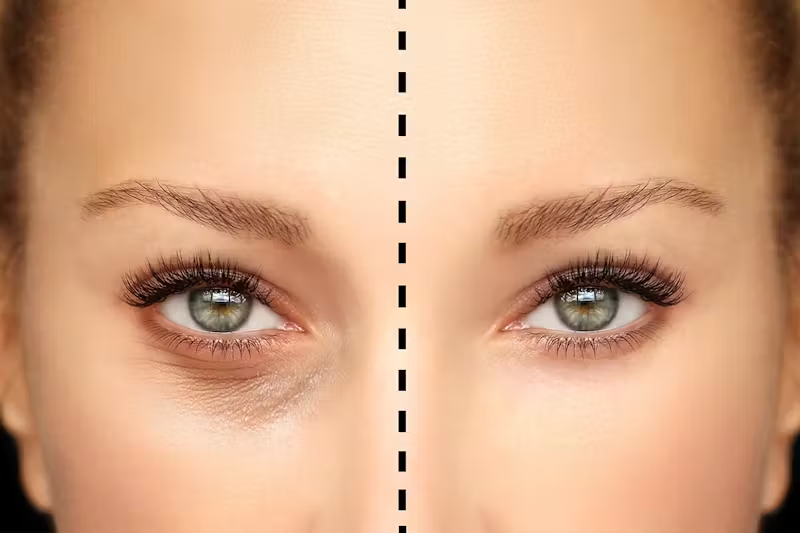
It’s not just about appearance—sometimes the heaviness is real
You wake up and your eyes still feel tired. Even after eight hours. Even after rest. The skin above your eyes droops quietly, pressing down through the day. You rub. Stretch. Blink harder. But nothing lifts. It’s subtle at first. Then it becomes constant.
Some people notice it when they try to read. Or when they drive and light feels too strong. Others realize it during a walk—when the upper field of vision feels like it’s slowly shrinking.
This isn’t just aging. It’s weight. A physical heaviness that slowly reshapes your expression.
Blepharoplasty, or eyelid surgery, doesn’t promise transformation. It promises relief.
Makeup starts disappearing under folds
You reach for your eyeshadow—but it creases within minutes. Eyeliner smudges. Mascara brushes the lid. You switch brands. Techniques. Brushes. Nothing stays in place.
It’s not your makeup. It’s your lid space.
As the skin folds more, the visible eyelid becomes smaller. What used to be smooth now hides under sag. This affects more than appearance—it changes the way you feel in your routine.
When makeup becomes a source of stress, it’s not just about looks anymore.
Vision may feel more narrow—even if you don’t notice right away
Some people don’t realize they’ve lost part of their sight. It happens gradually. Slowly. Skin droops just enough to reduce peripheral vision. To shade the top of your field without you noticing.
But after surgery, something shifts. Suddenly, light floods in. Words on a page appear clearer. The sky feels wider.
What felt like eye fatigue was obstruction. What felt like dimness was weight.
You feel tired—even when you’re not
People ask if you’re okay. If you slept. If you’re upset. But you’re fine. You just don’t look it. The face reads tired—even if the mind feels sharp.
This mismatch creates tension. It chips away at confidence. Not from vanity—but from disconnection.
Blepharoplasty isn’t about looking “young.” It’s about looking how you feel. Honest. Awake. Present.
Lower lids may show signs too
Eyelid concerns aren’t always about the top. The lower lids can sag, too. They pull down with time. Exposing more of the eye. Showing more white beneath the iris.
This changes expression. But it also creates irritation. The eye doesn’t blink properly. It dries out. It waters excessively.
Lower eyelid surgery supports function. It protects—not just projects.
You rely on your forehead to do what your lids can’t
If your upper lids are heavy, your forehead tries to help. The muscles lift your brows throughout the day. Just a little. Just enough. But over time, that effort adds up.
You develop tension headaches. Horizontal lines deepen. The upper face becomes locked in alertness—not from emotion, but from strain.
When your lids relax, your forehead does too. Sometimes the solution isn’t above your eyes. It’s right below them.
You’ve started avoiding photos, not because of age, but expression
You catch yourself in photos and think—that’s not how I feel. The eyes seem dull. The expression doesn’t match your energy. You look irritated. Or sad. Or worn down. But inside, you feel fine.
This disconnect becomes a daily ache. Small. But constant. It’s not about vanity. It’s about self-recognition.
Surgery doesn’t fix identity. But sometimes it restores it.
Not all concerns are skin-deep—fat pads and muscles shift too
Puffiness isn’t always fluid. Sometimes it’s fat pads pushing forward. Over time, these pads change position. They bulge. They swell. And no cream or serum smooths them.
Muscle tone shifts. Structures loosen. These changes aren’t surface—they’re beneath. A specialist can identify what’s really causing the change.
The right answer might not be creams. It might be clarity.
You don’t need dramatic changes—just honest ones
Good candidates for eyelid surgery don’t want a new face. They want ease. Comfort. A softening of struggle. A way to align how they look with how they live.
They want to stop thinking about their eyes. About fatigue. About light sensitivity.
They want their morning routine to feel simple again.
A consultation brings information—not pressure
You don’t have to decide anything in one visit. But speaking with a qualified surgeon gives insight. You learn what’s possible. What’s unnecessary. What will help. And what won’t.
Photos and mirrors tell one story. But evaluation reveals another.
Sometimes the answer is yes. Sometimes not yet. Sometimes no. But the value is in knowing.
